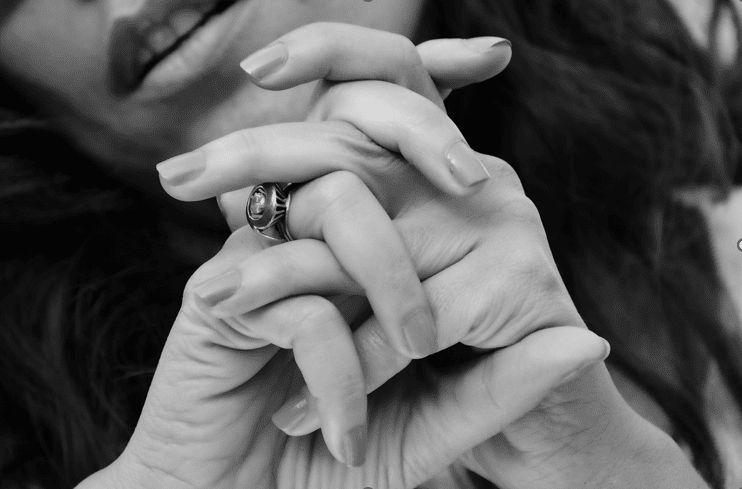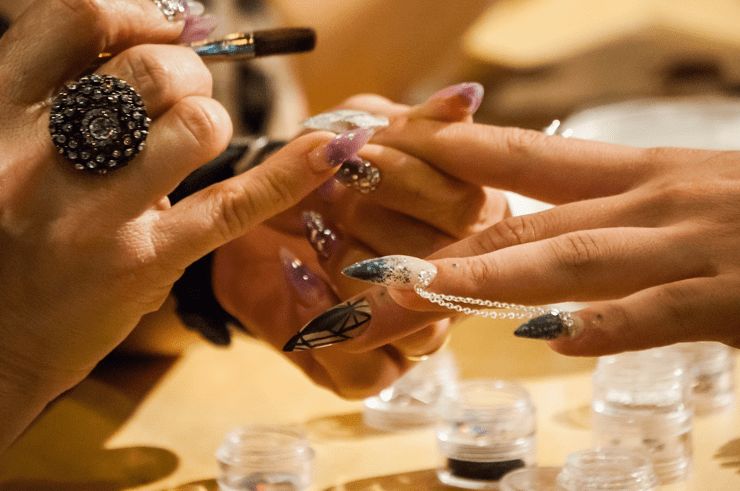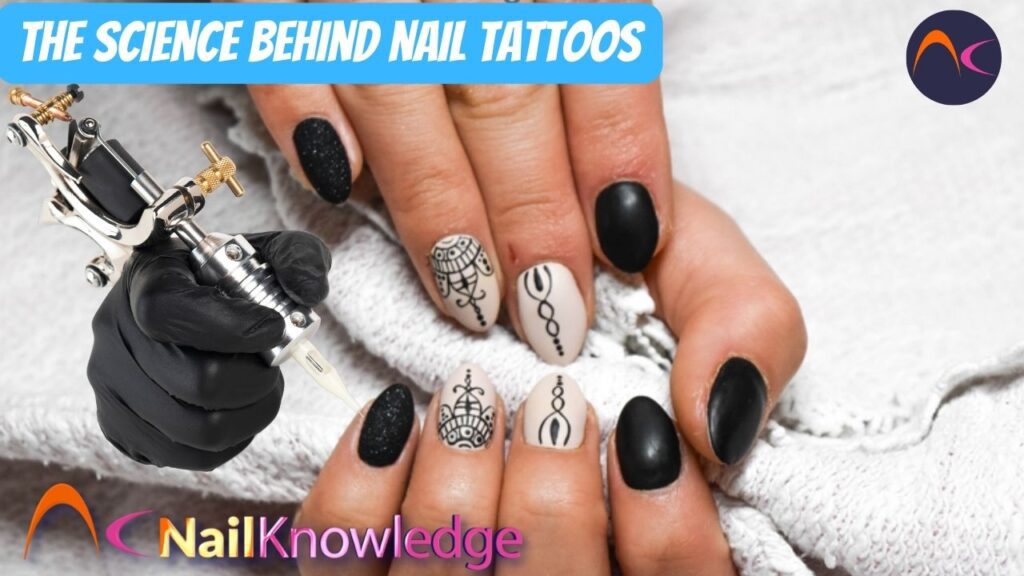Nail art has evolved significantly in recent years, surpassing traditional manicures and pedicures. Tattoos have become a captivating trend, growing with heightened artistic expression. These miniature masterpieces empower individuals to express their distinctiveness through self-expression. But have you ever wondered about the scientific principles behind them? What makes them so resilient?
In this extensive guide, we will delve into the intriguing science of nail tattoos, featuring insights from top tattoo artists in California and supported by thorough scientific research.
Origins of Nail Tattoos
Emerging from age-old nail art traditions, tattoos, alternatively known as decals or wraps, have historical ties to civilizations such as the Chinese, Egyptians, and Indians. These cultures adorned their nails with diverse materials for aesthetic purposes. However, the contemporary tattoo trend emerged in the late 20th century, creatively meeting the demand for intricate and detailed designs.
Expressing Individuality
The primary goal of nail tattoos lies in their ability to express individuality. Whether opting for a minimalistic geometric pattern, a lively floral design, or a meticulous portrait, they provide a platform for individuals to display their personality, interests, and creativity on a compact yet influential canvas. The range of designs ensures a suitable nail tattoo for every style, mood, and occasion.

Community and Trends
The surge of social media has influenced the increasing appeal of nail tattoos. Instagram and Pinterest are virtual galleries where artists and enthusiasts exhibit their latest creations. They spark inspiration for others to explore diverse styles and techniques.
Trends in nail tattoos frequently mirror movements in fashion and art, highlighting the dynamic nature of this continually evolving avenue of self-expression.
Understanding the Basics
Nail tattoos represent a fascinating intersection of art and science, pushing the boundaries of traditional nail aesthetics. Unlike conventional nail polish, which forms a solid layer upon drying, nail tattoos utilize a unique approach by employing ink that adheres to the nail’s surface.
At the heart of nail tattoos is the formulation of specialized inks designed to bond effectively with the keratin structure of the nails. These inks often consist of pigments suspended in a liquid base, carefully crafted to ensure optimal adherence and durability. Artists choose them for their vibrancy and ability to maintain integrity on the nail’s surface over time.

Materials and Techniques
Nail tattoos come in various forms, from water decals and stickers to intricate hand-painted designs. Here are some popular techniques and materials used in creating them:
- Water Decals: The most common type of nail tattoo. They are a thin film that transfers onto using water. The process involves submerging the decal in water, placing it into position, and sealing it with a top coat to achieve a seamless result.
- Nail Stickers: Pre-designed adhesive decals for direct application. Available in various shapes, sizes, and patterns, they offer limitless possibilities for customization.
- Gel Transfers: A design placed onto the nail using a special gel or adhesive. Employing this method leads to a tattoo that is long-lasting and more resilient.
- Inked Designs: For those seeking unique and personalized nails, inked designs offer a one-of-a-kind touch. Skilled artists can create intricate and detailed artwork.
Nail Tattoo Application
The application of nail tattoos is a precise process rooted in the principles of science:
- Surface Preparation: Nail surface preparation before applying them is very important. It involves removing oils that could interfere with the application’s efficacy.
- Applying Mechanism: The application used in tattoos creates a strong bond with the nail, ensuring a secure yet gentle connection.
- Air Removal: Research-based techniques are employed to eliminate trapped air bubbles during application, ensuring a seamless, professional finish contributes to the design’s longevity.
- Top Coat Protection: Many nail tattoos require a scientifically formulated top coat, which enhances the design’s vibrancy and adds a protective layer, extending the design’s lifespan.

The Longevity of Nail Tattoos
Several factors influence the longevity of nail tattoos.
- Water Resistance: Nail tattoos resist exposure to water. It prevents smudging and lifting of the design, even in moist conditions.
- Flexibility: The vinyl or polymer material is sufficiently flexible to conform to the nail’s shape without cracking or peeling, even under natural movements.
- Wear and Tear: Gentle handling can significantly extend the lifespan of nail tattoos.
- Top Coat’s Protective Role: The formulation of top coats plays a pivotal role in protecting nail tattoos from chipping, fading, or scratching, ensuring a design that endures.
Nail Bed Reconstruction
Medical tattooing serves to help restore a patient’s physical well-being while aiding in their psychological recovery from the impacts of disease, surgery, or trauma. It becomes essential with surgically removed nails [1].
Typically, medical tattooing is a process that requires multiple sessions to integrate precise color nuances and attain a remarkably realistic outcome. It involves collaboration with a skilled medical artist possessing substantial experience in this specialized field.
The precise and safe implementation of the treatment depends on the tattoo artist possessing a thorough grasp of specific techniques and adeptly handling the necessary materials. Frequently, unsatisfactory results arise due to the operator’s lack of experience and knowledge of the process employed during the treatment.
The importance and potential of using tattoos for medical purposes become apparent when they can enhance or refine outcomes achieved through plastic surgery. It can help circumvent the need for additional invasive procedures.
The application of medical tattooing to restore the aesthetic of the nail bed marks a significant advancement, underscoring the versatility of this technique. With the supervision of a skilled physician and artist, a patient can restore a sense of physical integrity without facing any health risks.
Conclusion
Nail tattoos represent a harmonious mix of artistic expression and scientific creativity, transcending mere fashion views. Continual research and innovation have led to the development of exceptional and enduring tattoos. With this trend’s evolution, we can expect future breakthroughs in materials and techniques, enhancing their accessibility even further.
The next time you find yourself admiring the detailed nail art gracing your or someone else’s fingertips, take a moment to acknowledge the inventive prowess that breathes life into these designs. Tattoos are a remarkable testament to the fusion of creativity and scientific advancement within beauty and self-expression.
References
- Alberto Renzoni, Antonia Pirrera, Alessandra Lepri, Paolo Cammarata, Rita Molinaro and Alessandro Dalla Vedova. Medical tattooing, the new frontiers: a case of nail bed treatment (2017). — DOI: 10.4415/ANN_17_04_10


